Premio Pritzker de Arquitectura 2011
2011普立茲克建築獎--Eduardo Souto de Moura
普立茲克建築獎(英語:Pritzker Architecture Prize)一年一度由凱悅基金會頒發,以表揚「在世建築師,其建築作品展現了其天賦、遠見與奉獻等特質的交融,並透過建築藝術,立下對人道與建築環境延續且意義重大的貢獻」。獎項1979年由傑·普立茲克與其妻子辛蒂設立,並由普立茲克家族提供資金;它被公認是全球最主要的建築獎項之一,有「建築界的諾貝爾獎」的美譽。普立茲克獎授獎「無關國籍、種族、宗教或思想」;受獎者可獲得獎金十萬美元、獎狀,以及自1987年起增頒的銅質獎章一隻。
而今年四月公告得獎者為,為58歲的葡萄牙Eduardo Souto de Moura,其設計具地域主義特質。
Souto de Moura作品既有當代性卻也對應傳統;能感受建築的力量卻又尊重地域的謙虛與包容性、有強烈個人風格卻又有細部、建築有強勢的張力感又極度個人表現的親密性,也就是這些看似矛盾卻同時融合的並存特色。Souto de Moura是第二位得普立茲克獎的葡萄牙人,他的作品多數在故鄉---葡萄牙第二大城波多。
分享圖友這位尊崇地域特色的葡萄牙大師Eduardo Souto de Moura作品:
1.Eduardo Souto de Moura: Premio Pritzker de Arquitectura 2011-葡萄牙曲風味影片
2.Eduardo Souto de Moura的作品照片-de zeen design
資料來源:de zeen design

March 29th, 2011
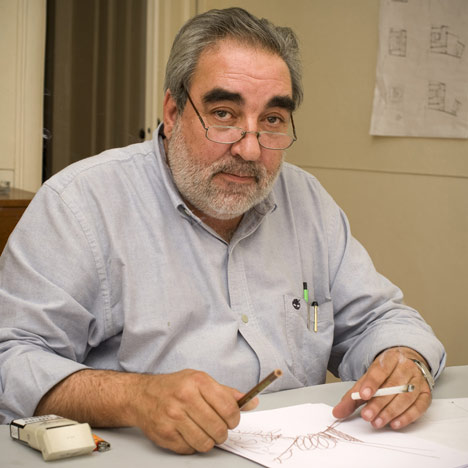
Here’s a selection of projects by Portuguese architect Eduardo Souto de Moura, who has been named 2011 Pritzker PrizeLaureate (see our earlier story).
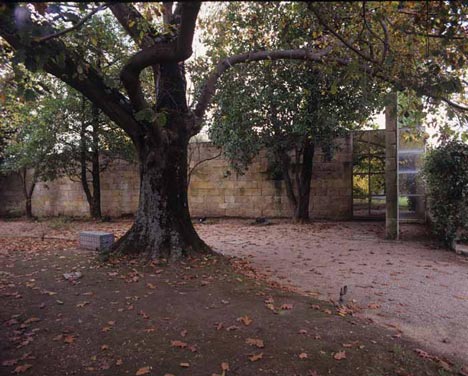
Above: 1981-91 Casa das Artes, S.E.C. Cultural Centre, Porto, Portugal.
More about the Pritzker Prize on Dezeen »
Photographs are by Luis Ferreira Alves unless otherwise stated.
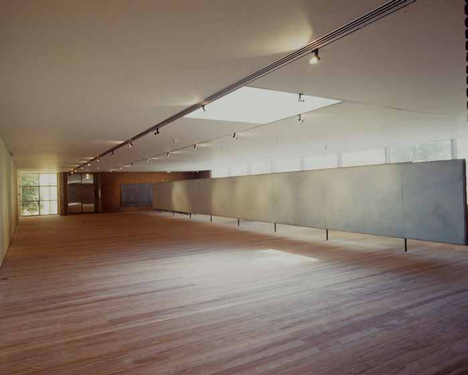
Above: 1981-91 Casa das Artes, S.E.C. Cultural Centre, Porto, Portugal.
The biography below and image captions are from the prize organisers:
Eduardo Souto de Moura was born in Porto, Portugal in 1952. His father was a doctor (ophthalmologist) and his mother a home maker.
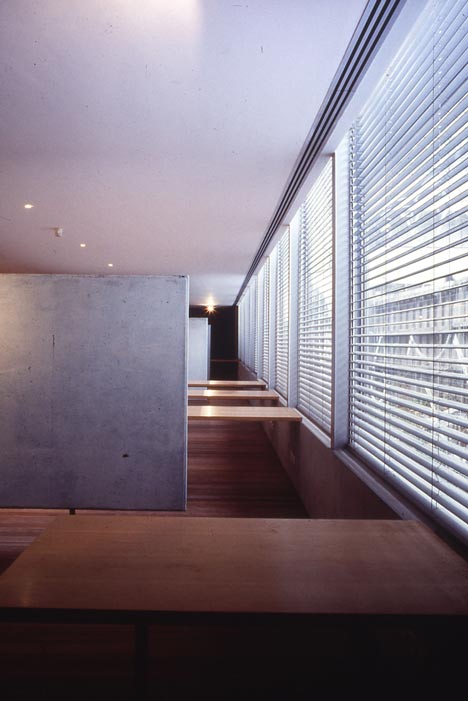
Above: 1981-91 Casa das Artes, S.E.C. Cultural Centre, Porto, Portugal.
He has one brother and one sister. The sister is also a doctor and his brother is a lawyer with a political career – formerly he was Attorney General of Portugal.
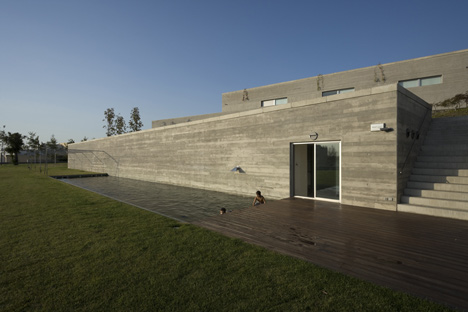
Above: 1989-94 – House in Bom Jesus, Braga, Portugal.
Following his early years at the Italian School, Souto de Moura enrolled in the School of Fine Arts in Porto, where he began as an art student, studying sculpture, but eventually achieving his degree in architecture.
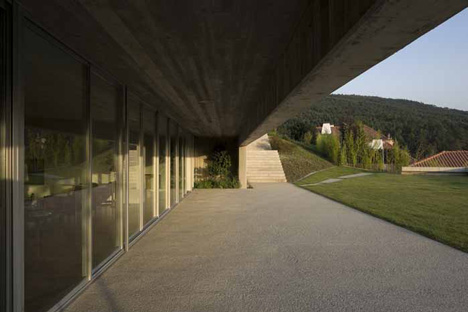
Above: 1989-94 – House in Bom Jesus, Braga, Portugal.
He credits a meeting with Donald Judd in Zurich for the switch from art to architecture. While still a student, he worked for architect Noé Dinis and then Álvaro Siza, the latter for five years.
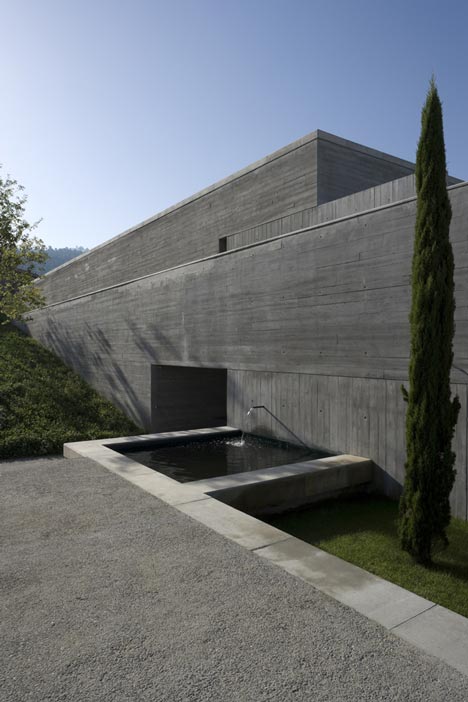
Above: 1989-94 – House in Bom Jesus, Braga, Portugal.
While studying and working with his professor of urbanism, Architect Fernandes de Sá, he received his first commission, a market project in Braga which has since been demolished because of changing business patterns.
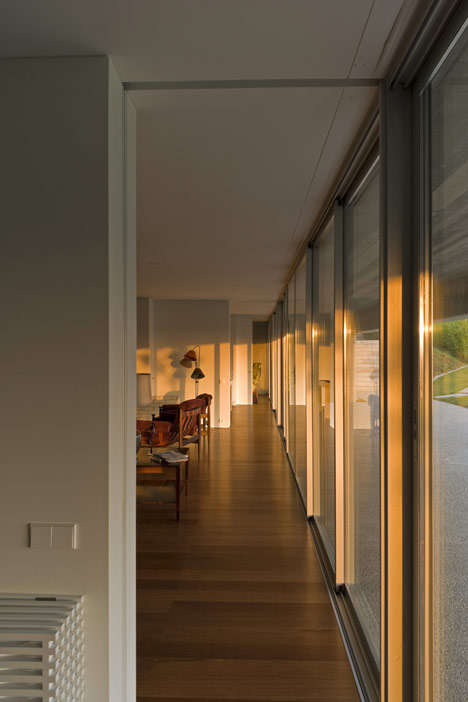
Above: 1989-94 – House in Bom Jesus, Braga, Portugal.
After 2 years of military service he won the competition for the Cultural Centre in Porto. The beginning of his career as an independent architect.
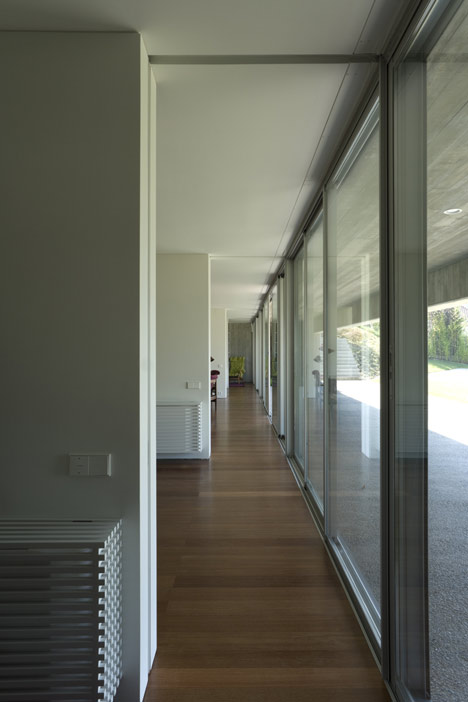
Above: 1989-94 – House in Bom Jesus, Braga, Portugal.
He is frequently invited as a guest professor to Lausanne and Zurich in Switzerland as well as Harvard in the United States.
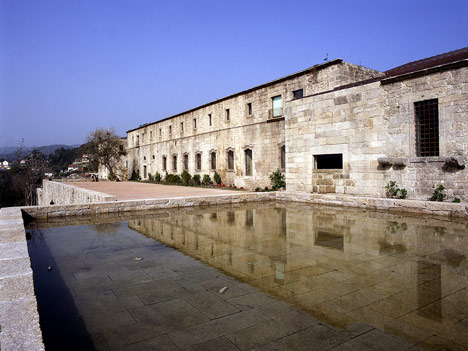
Above: 1989-97 Conversion of the Santa Maria do Bouro Convent into a State Inn, Amares, Portugal.
These guest lectures at universities and seminars over the years have afforded him the opportunity to meet many colleagues in the field, among them Jacques Herzog and Aldo Rossi.
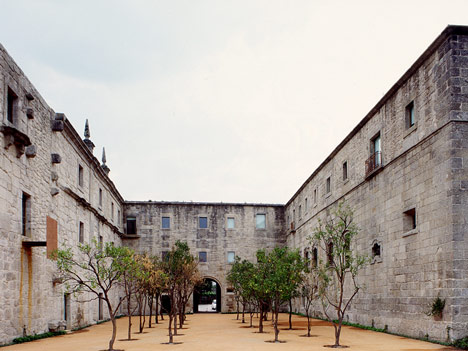
Above: 1989-97 Conversion of the Santa Maria do Bouro Convent into a State Inn, Amares, Portugal.
He is married and he has 3 daughters: Maria Luisa, Maria da Paz e Maria Eduarda.
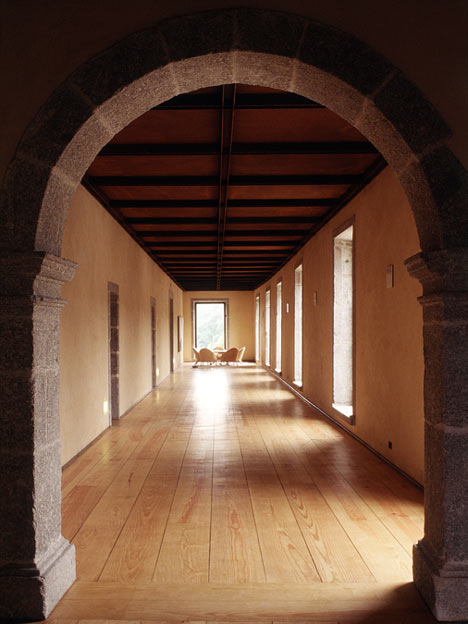
Above: 1989-97 Conversion of the Santa Maria do Bouro Convent into a State Inn, Amares, Portugal.
His wife, Luisa Penha, and the eldest daughter are architects, the second is a nurse and the third is on the Faculty of Architecture of the University of Oporto for the 3rd year.
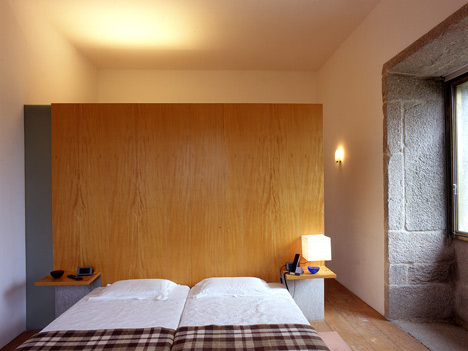
Above: 1989-97 Conversion of the Santa Maria do Bouro Convent into a State Inn, Amares, Portugal.
Along with his architecture practice, Souto de Moura is a professor at the Univer- sity of Oporto, and is a visiting professor at Geneva, Paris-Belleville, Harvard, Dublin and the ETH Zurich and Lausanne.
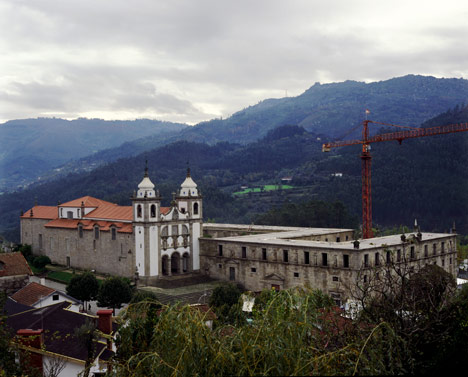
Above: 1989-97 Conversion of the Santa Maria do Bouro Convent into a State Inn, Amares, Portugal.
Often described as a neo-Miesian, but one who constantly strives for originality, Souto de Moura has achieved much praise for his exquisite use of materials — granite, wood, marble, brick, steel, concrete — as well as his unexpected use of color.
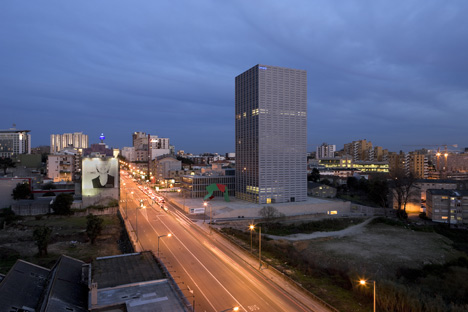
Above: Burgo Tower (Office Blocks and Commercial Mall) in Porto, Portugal.
Souto de Moura is clear on his view of the use of materials, saying, “I avoid using endangered or protected species. I think we should use wood in moderation and replant our forests as we use the wood. We have to use wood because it is one of the finest materials available.”
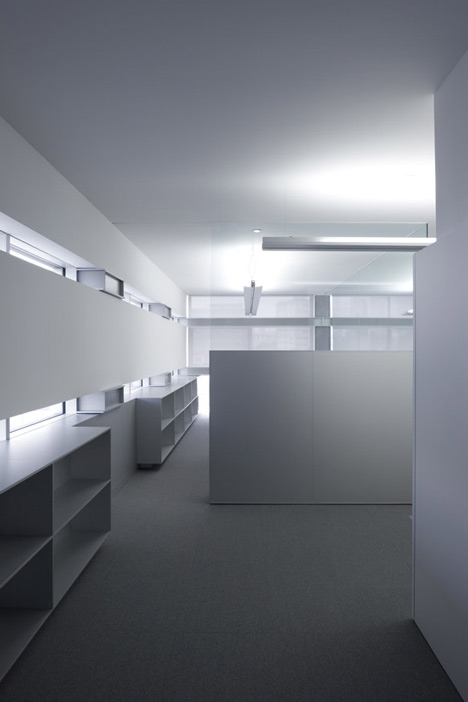
Above: Burgo Tower (Office Blocks and Commercial Mall) in Porto, Portugal.
In an interview with Croquis, he explained, “I find Mies increasingly fascinating… There is a way of reading him which is just to regard him as a minimalist. But he always oscillated between classicism and neoplasticism…You only have to remember the last construction of his life, the IBM building, with that powerful travertine base that he drilled through to produce a gigantic door. Then on the other hand, he arrived in Barcelona and did two pavilions, didn’t he? One was abstract and neo plastic and the other one was classical, symmetrical with closed corners…He was experimenting. He was already so modern he was ‘post’.”
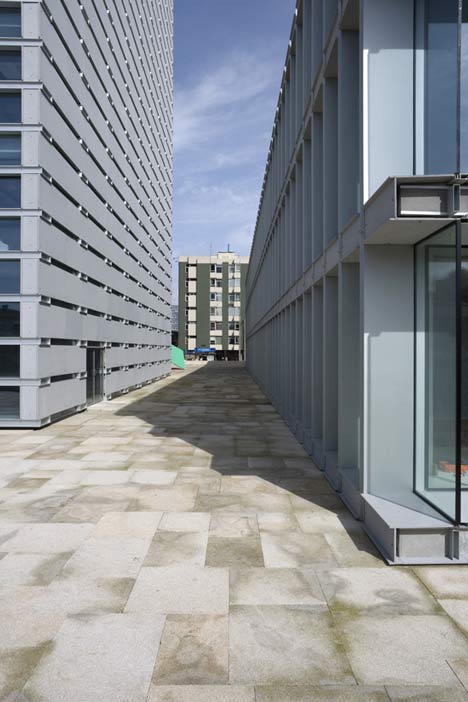
Above: Burgo Tower (Office Blocks and Commercial Mall) in Porto, Portugal.
Souto de Moura acknowledges the Miesian influence, speaking of his Burgo Tower, but refers people to something written by Italian journalist and critic, Francesco Dal Co, “it’s better not to be original, but good, rather than wanting to be very original and bad.”
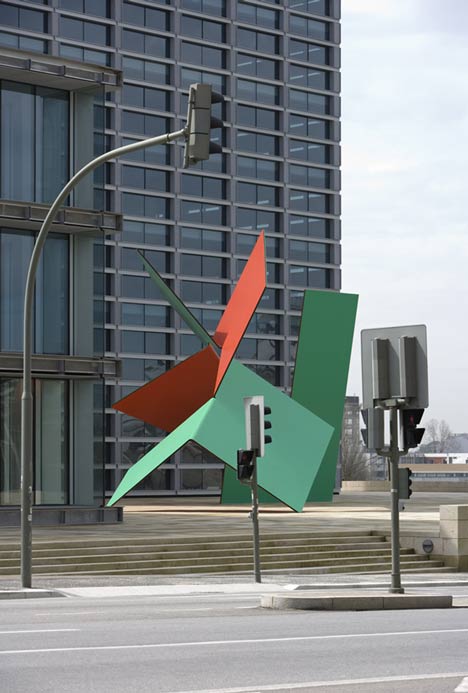
Above: Burgo Tower (Office Blocks and Commercial Mall) in Porto, Portugal. The sculpture on the plaza is by Ângelo de Sousa.
At a series of forums called the Holcim Forum on sustainable architecture, Souto de Moura stated, “For me, architecture is a global issue. There is no ecological architecture, no intelligent architecture, no sustainable architecture — there is only good architecture. There are always problems we must not neglect; for example, energy, resources, costs, social aspects — one must always pay attention to all these.”
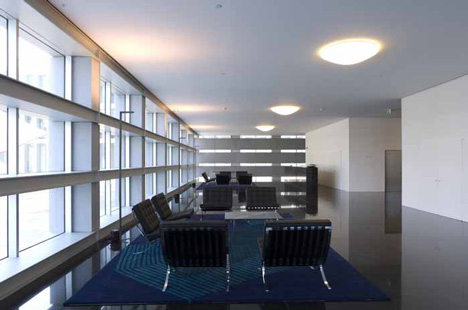
Above: Burgo Tower (Office Blocks and Commercial Mall) in Porto, Portugal.
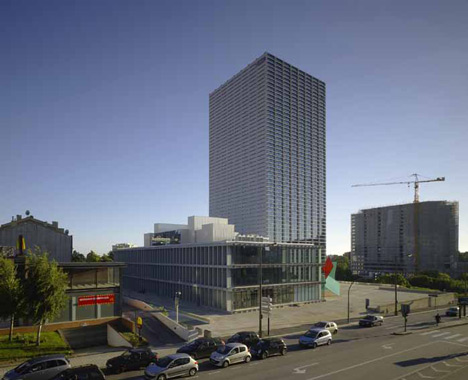
Above: Burgo Tower (Office Blocks and Commercial Mall) in Porto, Portugal. Photograph is by Christian Richters.
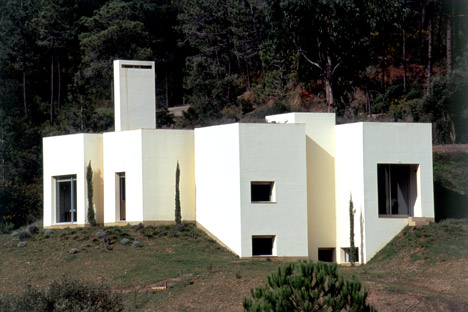
Above: 1994-2002. House in Serra da Arrábida, Portugal.
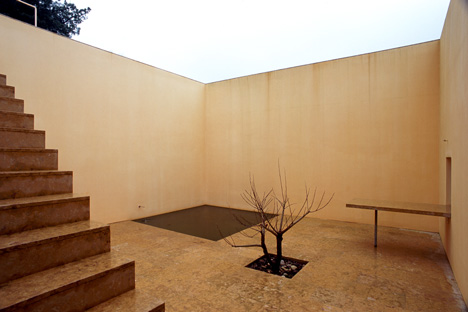
Above: 1994-2002. House in Serra da Arrábida, Portugal.
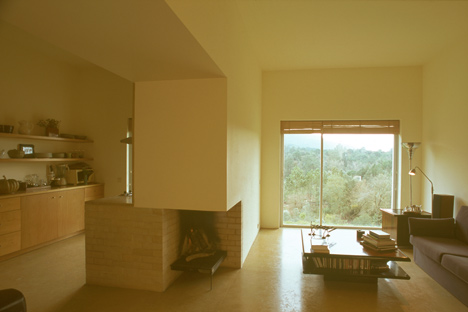
Above: 1994-2002. House in Serra da Arrábida, Portugal.
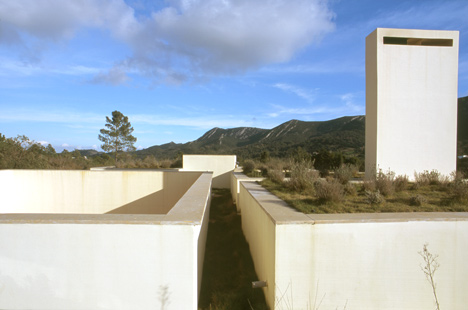
Above: 1994-2002. House in Serra da Arrábida, Portugal.
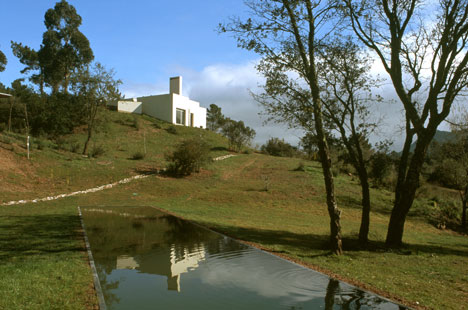
Above: 1994-2002. House in Serra da Arrábida, Portugal.
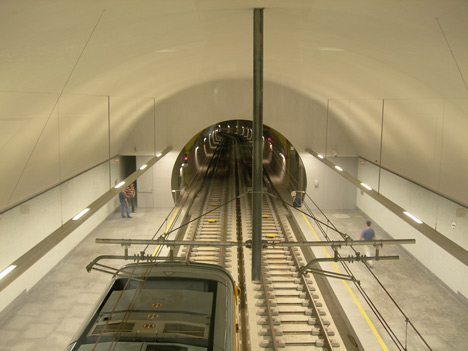
Above: 1997-2005 – Architectural Project for the Porto Metro (subway) Porto, Portugal.
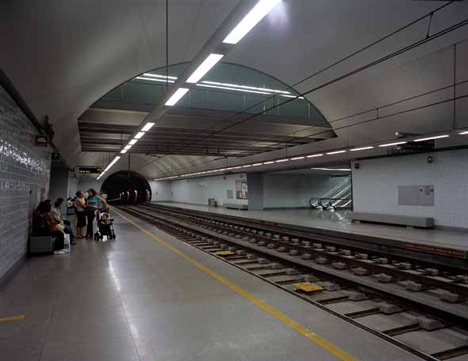
Above: 1997-2005 – Architectural Project for the Porto Metro (subway) Porto, Portugal.
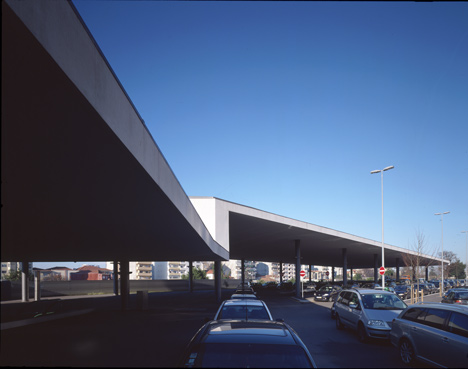
Above: 1997-2005 – Architectural Project for the Porto Metro (subway) Porto, Portugal.
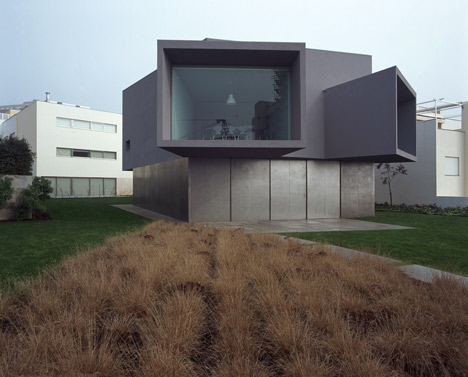
Above: 1998-2003 – Cinema House for Manoel de Oliveira Oporto, Portugal.
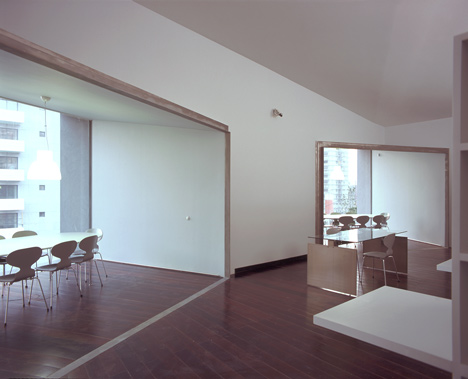
Above: 1998-2003 – Cinema House for Manoel de Oliveira Oporto, Portugal.
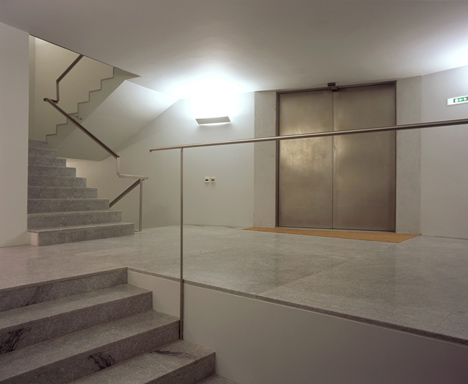
Above: 1998-2003 – Cinema House for Manoel de Oliveira Oporto, Portugal.
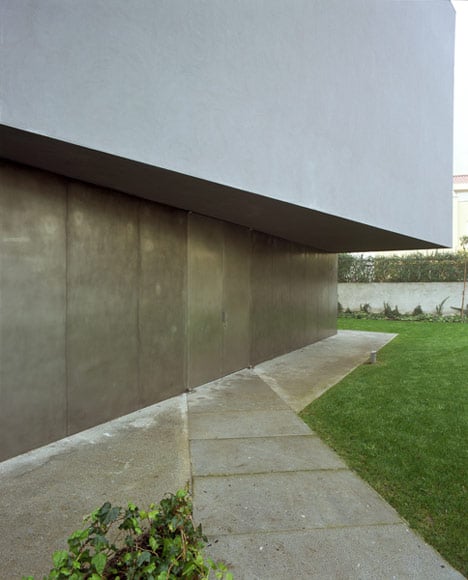
Above: 1998-2003 – Cinema House for Manoel de Oliveira Oporto, Portugal.
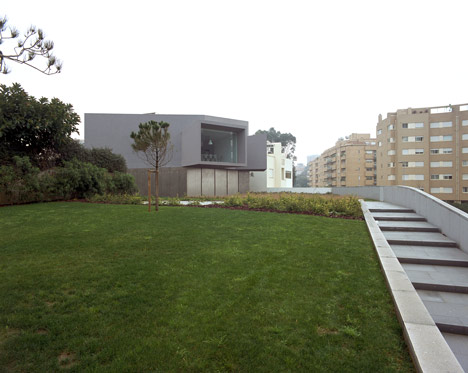
Above: 1998-2003 – Cinema House for Manoel de Oliveira Oporto, Portugal.
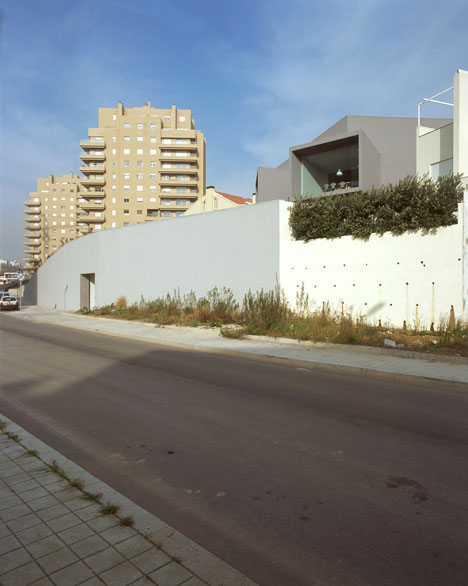
Above: 1998-2003 – Cinema House for Manoel de Oliveira Oporto, Portugal.
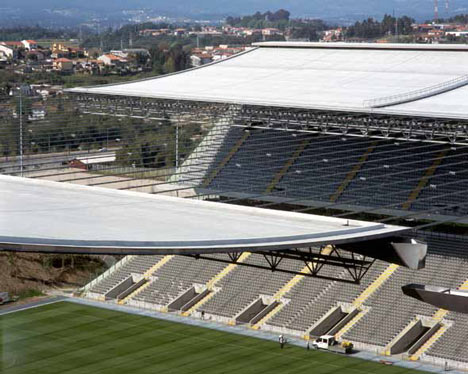
Above: 2000-2003. Architecture project for the Braga Stadium Braga, Portugal.
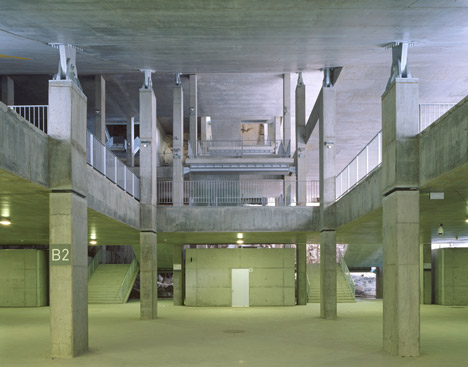
Above: 2000-2003. Architecture project for the Braga Stadium Braga, Portugal.
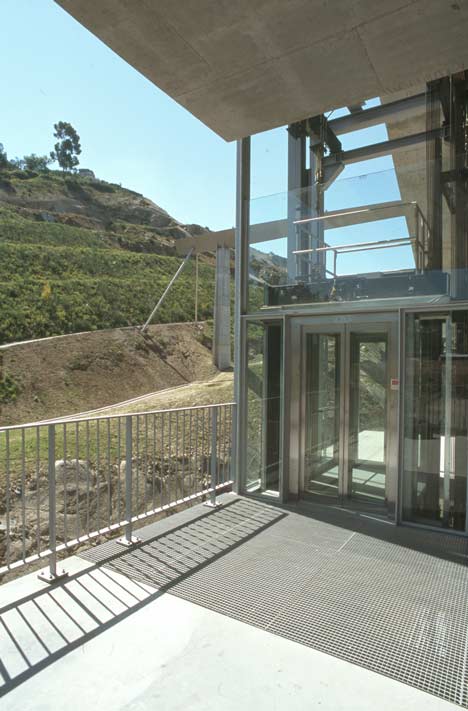
Above: 2000-2003. Architecture project for the Braga Stadium Braga, Portugal.
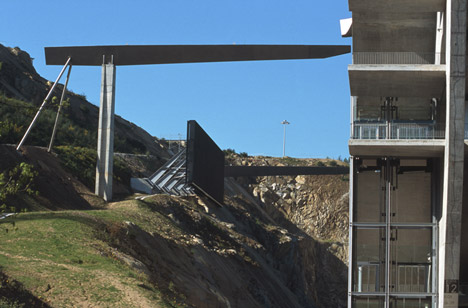
Above: 2000-2003. Architecture project for the Braga Stadium Braga, Portugal.
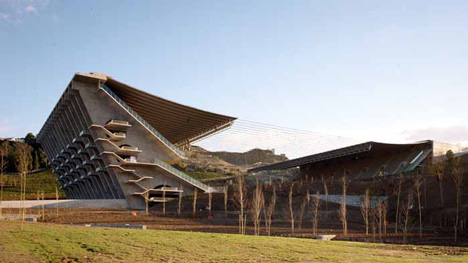
Above: 2000-2003. Architecture project for the Braga Stadium Braga, Portugal.
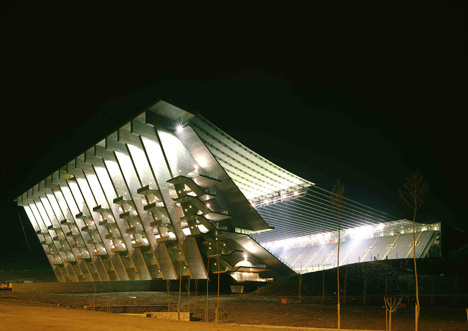
Above: 2000-2003. Architecture project for the Braga Stadium Braga, Portugal.
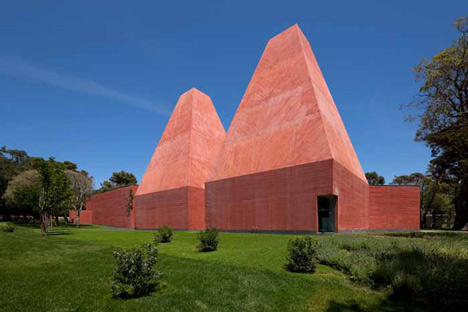
Above: 2005-2009 Paula Rêgo Museum – Cascais, Portugal
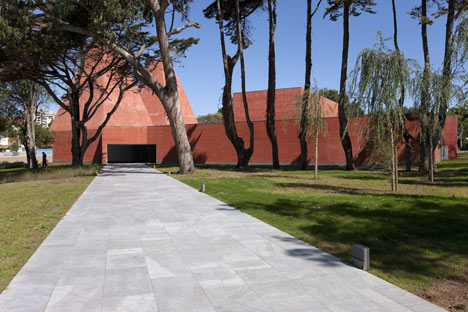
Above: 2005-2009 Paula Rêgo Museum – Cascais, Portugal
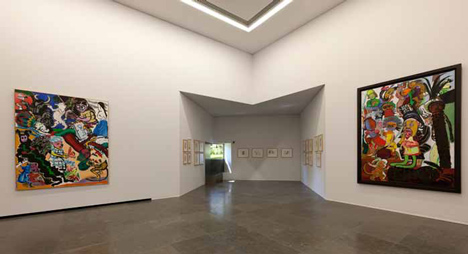
Above: 2005-2009 Paula Rêgo Museum – Cascais, Portugal
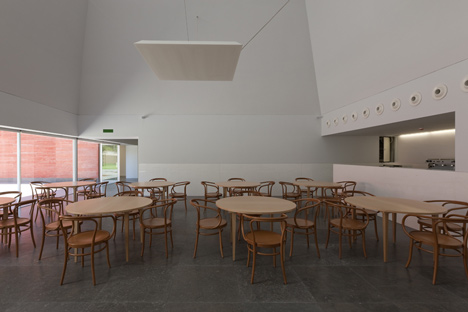
Above: 2005-2009 Paula Rêgo Museum – Cascais, Portugal
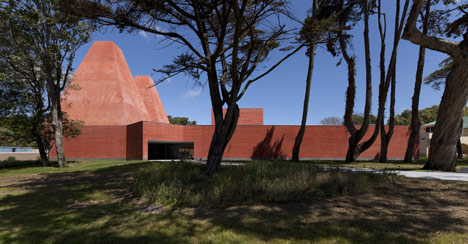
Above: 2005-2009 Paula Rêgo Museum – Cascais, Portugal
資料來源:de zeen design
|

